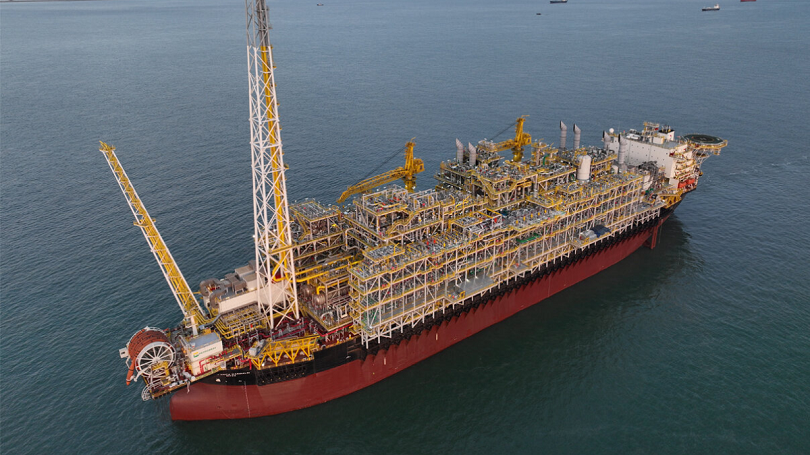In the world of the oceans, where the depths conceal treasures crucial to our global energy needs to have the life as we know it now, Floating Production Storage and Offloading (FPSO) vessels emerge as colossal pioneers of the offshore oil and gas industry. These maritime marvels serve as vital hubs for the extraction, processing, and storage of oil and gas offshore. In my article from today I want to take you on a journey to discover the grandeur of the world’s five largest FPSO vessels, their technological prowess, and their significant contributions to the oil and gas industry.
5 Largest Offshore Oil and Gas FPSO Vessels
Prelude FLNG: Defying Dimensions in Western Australia At the forefront of offshore innovation stands the Prelude Floating Liquefied Natural Gas (FLNG) facility, a behemoth operated by Shell. In the azure waters off the coast of Western Australia, Prelude stretches an impressive 488 meters, making it longer than many iconic skyscrapers. With a production capacity of 3.6 million tons of LNG per year and storage capabilities for 266,000 cubic meters of LNG, Prelude is a beacon of engineering excellence in the realm of offshore oil and gas.

Egina FPSO: Nigeria’s Offshore Engineering Triumph Nigeria’s deep offshore waters host the Egina FPSO, a testament to Total‘s commitment to offshore exploration. Spanning approximately 330 meters, Egina showcases technological finesse with a production capacity of 200,000 barrels of oil per day and storage for up to 2.3 million barrels. This FPSO exemplifies the synergy between cutting-edge engineering and the strategic pursuit of hydrocarbon resources in challenging offshore environments.

P-74 FPSO: Petrobras’ South American Expedition In the vast expanse of Brazil’s pre-salt fields, the P-74 FPSO, operated by Petrobras, stands as a cornerstone of South American offshore endeavors. Extending over 340 meters, P-74 processes 150,000 barrels of oil and 6 million cubic meters of natural gas daily. This FPSO not only symbolizes Brazil’s prowess in oil and gas exploration but also highlights the significance of sustainable offshore oil and gas production.

Liza Unity FPSO: Guyana’s Offshore Oil Eruption The Liza Unity FPSO, anchored in the waters off Guyana, marks a significant chapter in the nation’s emergence as a key player in the global offshore oil and gas industry. Operated by ExxonMobil and measuring around 310 meters, this FPSO is designed to produce a staggering 220,000 barrels of oil per day. Guyana’s offshore bounty, harnessed by vessels like the Liza Unity FPSO, propels the nation into the forefront of the oil and gas landscape.

Johan Castberg FPSO: Navigating Arctic Frontiers In the icy embrace of the Barents Sea, Norway’s Johan Castberg FPSO, operated by Equinor, stands resilient against harsh Arctic conditions. With a length of approximately 295 meters, this FPSO is a symbol of technological prowess in extreme environments. The Johan Castberg FPSO as one of the largest offshore oil and gas floating units, is poised to produce around 200,000 barrels of oil per day, unlocking the Arctic’s untapped oil and gas potential.

In 2023 with one step closer to 2024, as we navigate the waves of progress, the world’s largest FPSO vessels emerge as titans in the offshore oil and gas industry. From the vast expanses of Western Australia to the challenging Arctic frontiers, these maritime marvels exemplify human ingenuity, technological advancement, and the relentless pursuit of energy resources. In the ever-evolving narrative of global energy needs, these FPSO vessels play a pivotal role, steering us towards a sustainable and efficient offshore future.
